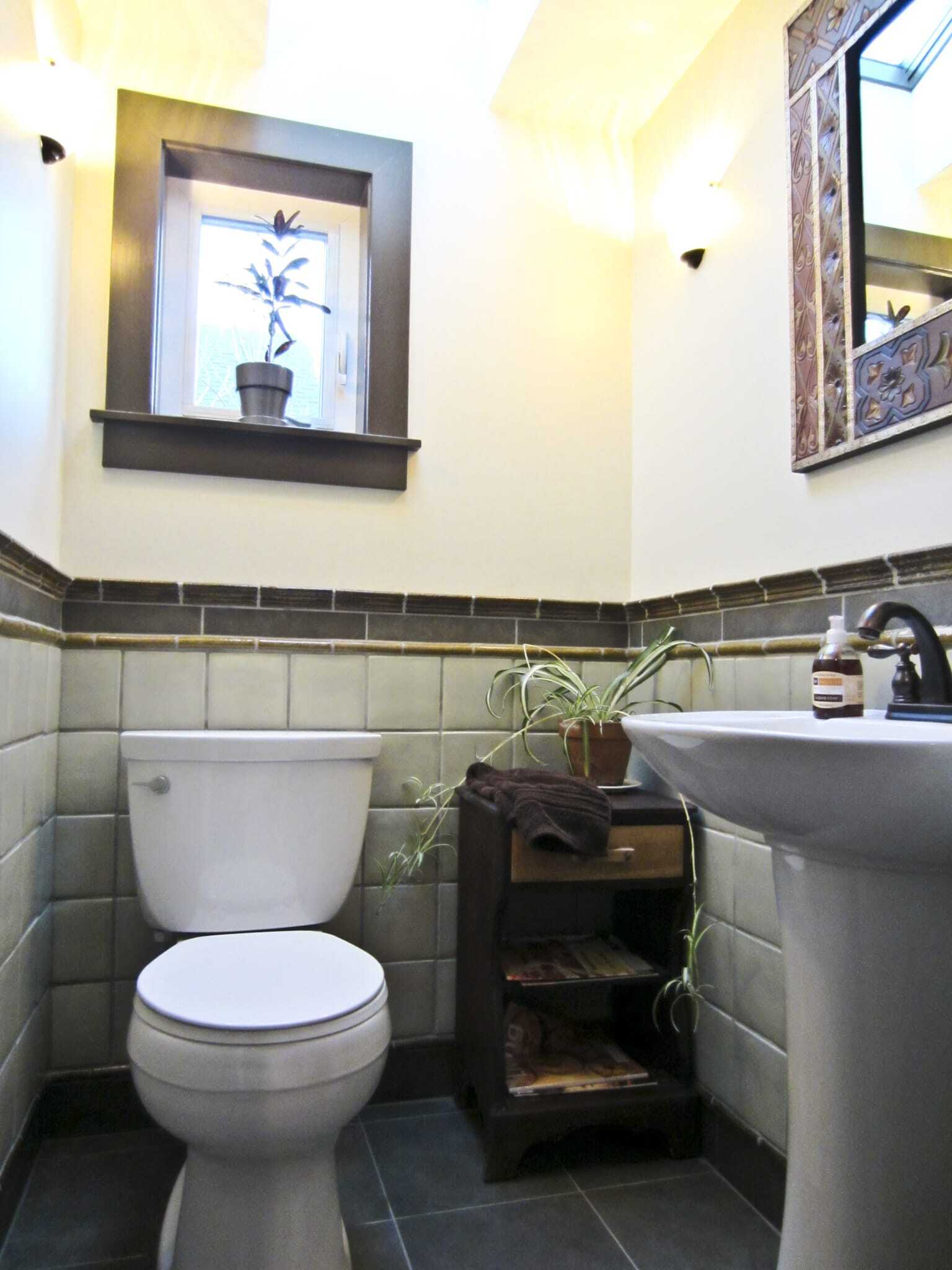This week at NW HomeWorks, we’ve been installing a lot of tile, and I thought it might make an interesting topic for a blog post to talk about things to look out for when considering tile for your home.
I can be a little opinionated when it comes to tile. Probably because I’m married to a tile maker (my wife is the owner of Pacific Tile Wave, a company which produces hand-made artisan tile), but also because I run into so many failed tile installations. Things like stained, moldy grout, cracked, loose, uneven and just plain ugly tiles. I hate that stuff! If installed correctly, tile should last for decades and look as good in 50 years as it did when it was first installed. So here are a few tips to make sure that you end up with a tile installation that looks great and maintains its beauty.
The first step to a great tile installation: Don’t be cheap! If you’re looking for a cheap floor or wall covering, tile shouldn’t be your first choice. I know you can get tile for 99 cents per square foot at Lowes or Home Depot, but it’s not worth it. First they’re very brittle, and can easily crack and chip. Second, the surface color is very thin and will wear off over time in high traffic areas. If you were going to use it at all, you could use it on a wall, but even then you shouldn’t use it because it’s cheap, bland and ugly! Decent tile in my experience starts at around $5/sf, and isn’t found at Home Depot or Lowe’s. Now just to be clear, I’m not one of these guys who like to bash the “Big Box Stores”. I like those places and shop there all the time, but I just don’t think they sell any decent tile. Go to a specialty store instead. Some of the places are pretty pricey, but if you shop around, you can find some places that have a good selection and good prices. Here in Washington, I really like Seattle Tile Company. If you’ve never been to a good tile store before, you’re in for a treat. There are so many beautiful and interesting choices out there it can be overwhelming. Another advantage to the specialty stores is that the staff really knows their stuff, and can help you sort through all the choices. Some places even offer design services.

Above: Details count. This hand made tile deco set within the factory made porcelain tile adds a unique flare to this bathroom floor.
Now that you have your tile, you have an important decision to make: Are you going to install it yourself, or hire a contractor? I see a lot of people opt to save money by installing the tile themselves. My opinion on this is that you get what you pay for! I know I’m biased because I’m a contractor, and I wouldn’t have work if people did everything for themselves, but seriously, it takes a lot of experience and patience to install tile properly and ensure that it’s straight, even, and that it lasts. Even contractors mess it up if they don’t do it all the time. So again, don’t be cheap. Hire someone with lots of tile experience. It’ll pay off in the end.
Whether you hire a pro or do it yourself, one area that has the most potential for failure is the shower. So here are my top tips for installing tile in wet areas:
First, never install tile on drywall (not even the mold resistant kind). Over time, moisture will get behind the tile, and get trapped there, which is the beginning of the end. The drywall may be mold resistant, but it’s not mold proof. Eventually it will get moldy and rotten. Now there are some products that you can paint or roll onto the drywall to create a water-proof membrane, and if used properly, this can work, but too often it is not applied properly, and fails. So what should you use? Use cement backer board; it’s the most cost-effective and dependable substrate for a tile installation in a wet area. However, if you have a little more money, and an experienced tile installer, then I would hands down recommend Schluter-Systems. They have developed some excellent materials for creating a perfect water proof shower system over drywall, or using their proprietary wall board. I use their materials often, and I highly recommend them, but they are a bit spendy, and it may be a tricky for a do-it-yourselfer to install.
Next tip: use thinset, not mastic. Both are used for setting tile, and a lot of guys like using mastic because there’s no mixing; it comes ready to use out of the bucket and they’ll swear that it’s fine for wet areas, but it’s just not. I’ve taken apart a lot of moldy showers, and have seen how the mold likes to feed on mastic. Thinset doesn’t have this problem, so it’s worth the extra effort.
One of my favorite tips for any tile installation: use epoxy grout. Probably the biggest problems with all tile installations is that the grout gets stained or mildewy over time, and once that happens, it’s pretty much impossible to clean. They sell all kinds of grout sealers to prevent this, and some of the better ones will work if you apply them regularly, but with epoxy, you don’t have this problem. It has superior stain resistance, doesn’t need sealing, and won’t get mildewy. I use Laticrete’s Spectralock grout, and have found it very easy to use. Just be sure to clean it thoroughly from the tile when you’re done, because once it dries completely it’s a nightmare to remove!
One more tip, this one concerning floor tiles. One of the downsides to tile on the floor is that it can be pretty cold and uncomfortable to walk on without shoes, but there are a number of systems out there which are easy to install and heat the tile from underneath. These systems are great for a couple of reasons, first they provide economical heating for the room, and second, they are an absolute luxury to walk on. Install this under your tile, and your cats will love you for it!
Now, go look around your house for something to tile!



専門店